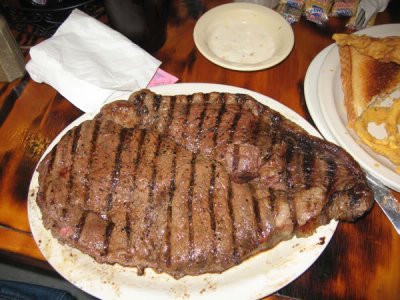Matt Crunk
One Too Many
- Messages
- 1,029
- Location
- Muscle Shoals, Alabama
The variety of restaurants available today even in small town America is one area of daily life where I believe I'd have to choose the present over the Golden Era. Especially ethnic restaurants: Japanese (sushi bars in particular), Thai, Korean, Vietnamese, Greek, Indian, Polynesian, etc.
I know Chinese restaurants have been commonplace for awhile, as have Italian and maybe Mexican, but I see little evidence of other ethnic eateries in photos the Golden Era, outside of ethnic communities in larger cities. Am I wrong?
I know Chinese restaurants have been commonplace for awhile, as have Italian and maybe Mexican, but I see little evidence of other ethnic eateries in photos the Golden Era, outside of ethnic communities in larger cities. Am I wrong?




